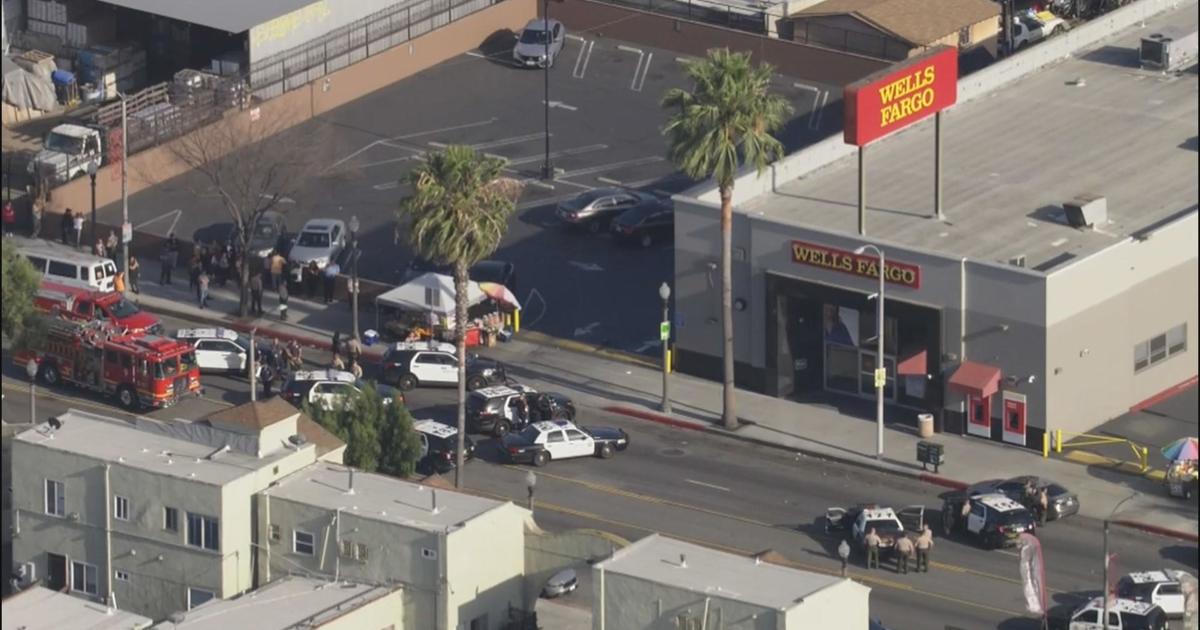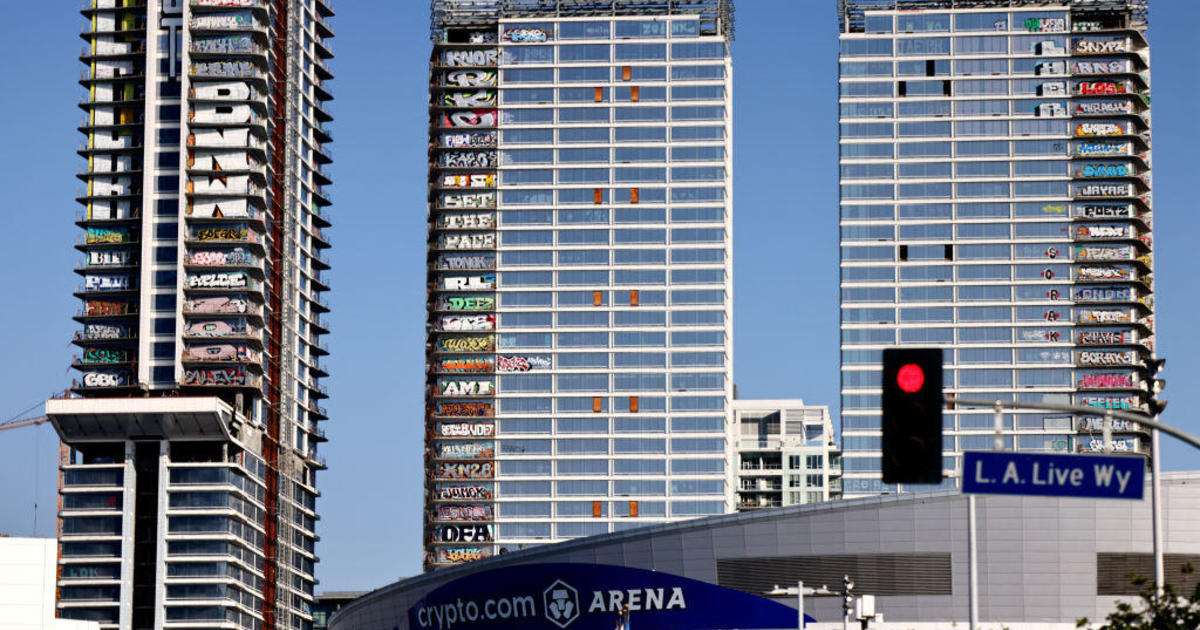Calif., Ore. Sustained Most US Damage From Tsunami
CRESCENT CITY, Calif. (AP) — Fishermen who had escaped to sea before the tsunami hit this struggling coastal town landed small loads of crab on Saturday, while crews surveyed damage and a family combed the beach for any sign of a man who was swept away a day ago as he photographed the waves.
"This harbor is the lifeblood of our community and the soul of our community," said Del Norte County Sheriff Dean Wilson as he looked across what was left of the Crescent City boat basin, which last year saw landings of crab and fish worth $12.5 million.
"The fishing industry is the identity and soul of this community, besides tourism. The region has never really recovered from the loss of the timber industry in the 1980s and 1990s, and downturns in salmon fishing," said Wilson, who fished on his father's boats as a young man.
"It's going to be hard to recover here," he said.
A series of powerful surges generated by the devastating earthquake in Japan arrived about 7:30 a.m. Friday and pounded the harbor through the day and night. Waves funneled into the sheltered docks created furious currents that heaved up docks, broke loose boats, and sent them careening around like billiard balls.
Eight are believed sunk, and one damaged. An unmanned sailboat sucked out of the harbor ran aground on the coast.
Among the losses was Dustin Weber of Bend, Ore., who was swept away Friday as he and two friends watched the waves. His father, Jon Weber, and his family searched the beach Saturday about 20 miles to the south, in the community of Klamath.
"He just didn't respect the ocean and didn't understand the tsunami," Weber said of his son. "The (first surge) hit about 7:30. It was the second wave that hit at 9:30 that got him."
The Coast Guard has suspended the search for the 25-year-old man, whose friends had tried to save him when the surge came.
Kevin Wilson, manager of Nor-Cal Seafood, Inc., was buying crab from fishermen who decided to work while waiting out the tsunami after leaving in the predawn darkness to escape the damage.
"Our port is struggling," he said. "Since the last tsunami in '06, they secured the funds to fix it and this took away all the stuff they were gonna build off. We've been down here in hurricane force winds before, and we'll keep working."
After riding out the tsunami at sea and hauling in his 200crab pots, fisherman Doug Cairns returned to port with a few tubs of crab and tied up to one of the few remaining docks.
"I'm gonna let the tidal wave do its thing and go home," he said.
Crab fisherman Lee Wilson was happy to see his boat, the Gold Coast, had survived practically unscathed. In 1964, when his father owned it, the boat survived another tsunami, which killed 11 people in Crescent City. That time it was washed up on the rocks of the breakwall.
Meanwhile, crews geared up for the enormous task of assessing and fixing the damage to the city's port, where a sheen of oil floated on the water in the basin. Seagulls feasted on mussels exposed by upended docks, and sea lions barked. About 80 percent of the docks that once sheltered 140 boats were gone.
Divers could not go into the water and workboats could not maneuver until the tsunami surges were completely over, said Alexia Retallack, a spokeswoman for the California Department of Fish and Game. Local officials were keeping a close eye on Japan through the weekend, knowing that aftershocks could cause another tidal surge.
About 350 miles south in Santa Cruz, the only other California harbor hard-hit by the waves, the commercial fishing industry was minimally affected. Most of the 850 boats that dock in Santa Cruz were pleasure boats, including 60 which are lived in full time.
Cranes hauled up sunken boats -- some possibly salvageable, others snapped into pieces -- while crews in life jackets and rubber boots waded near the shore, yanking chunks of broken docks, floating hunks of foam and other trash from the water.
Divers with scuba tanks assessed structural damage to snapped and tipping pylons, and a Coast Guard helicopter hovered above, searching for oil sheens and other contamination.
Port Director Lisa Ekers said the tsunami caused at least $17.1 million in damage to the harbor, and another $4 million to private boats. Gov. Jerry Brown issued an emergency declaration for the harbor, which can expedite funding for repairs.
One dock, with close to 40 boats, was ripped out during the surges. So far, they had found 18 vessels "sitting on the bottom," creating an environmental risk from leaking fuel, Ekers said.
A dock-load of high end rowing boats and kayaks also was washed away, and dozens more boats that smashed into each other or were hit by debris, would need major repairs.
Deputy Police Chief Steve Clark said that in addition to evacuating residents in low-lying areas, his officers had to do crowd control as curious townspeople gathered along the harbor to watch boats tossed around in the nine foot swells.
"A tsunami watch doesn't mean go watch the tsunami," he said.
Paul Horvat, the county's Emergency Services Manager, said his agency was planning community meetings for the city of Watsonville, where a panicked evacuation emptied schools and jammed roads Friday.
On a boat ride through the harbor, Assistant Harbormaster Larry White pointed to buckled piers, snapped masts and hulls of flipped boats bobbing in the brown, pungent water, which rose and fell in usually strong swells generated in Japan.
He shook his head, remembering the moment when the tsunami first sucked the water out of the harbor out to sea -- a sudden 9-foot drop.
"It was like the earth opening up," he said. "It was incredible."
» PHOTOS: Disaster In Japan
» More Local Quake Coverage
(©2011 CBS Local Media, a division of CBS Radio Inc. All Rights Reserved. This material may not be published, broadcast, rewritten, or redistributed. Wire services contributed to this report.)



